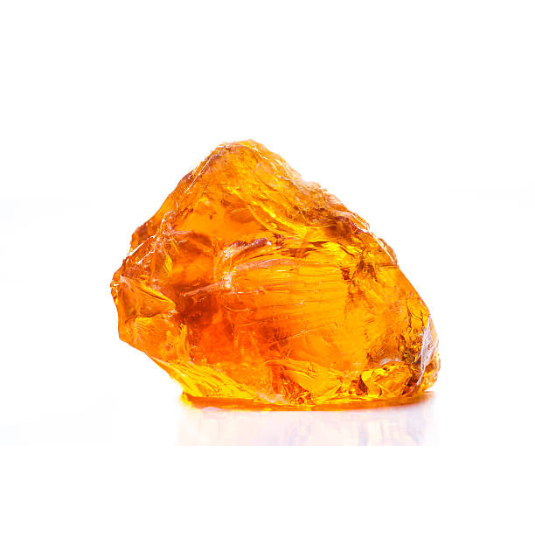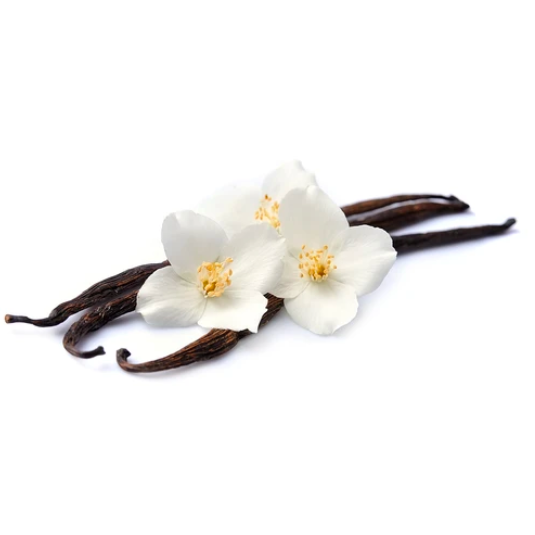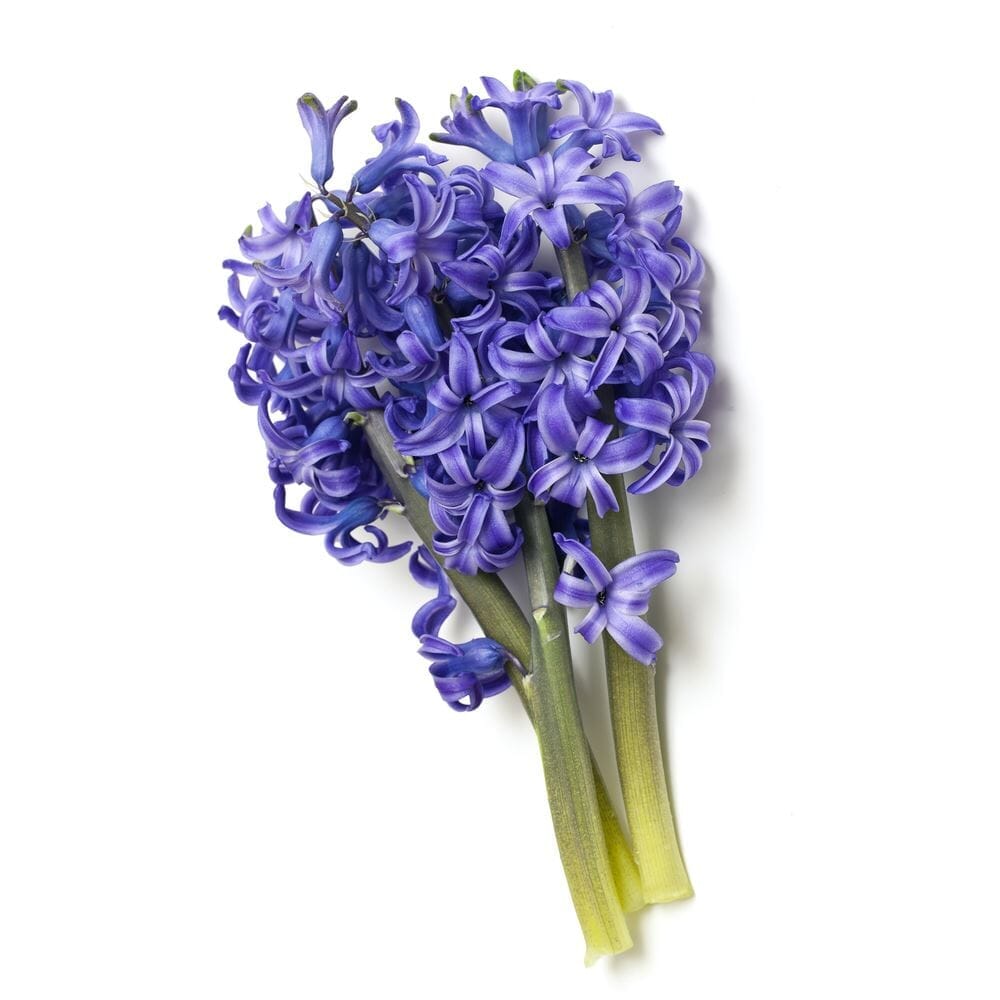What does the word cypriol mean?
The term "cypriol" originates from the word "Cyprius," which refers to Cyprus, an island in the eastern Mediterranean. This island is historically renowned for its rich flora, and it is from here that the plant used in aromatherapy and perfumery, now known as "cypriol," originates. This plant, also known as "cyperus scariosus," is a species of fragrant papyrus and is found primarily in South Asia. Its name therefore refers to its place of origin, Cyprus, although its presence is more widespread in other geographical regions.
In the beginning…
Cypriol, also known as " nagarmotha " or " cyperus scariosus ," is a plant with a long history of use in traditional medicine and perfumery, primarily in South Asia. Cypriol is native to the South Asian region, including countries such as India, Bangladesh, Pakistan, Nepal, and Sri Lanka. It grows primarily in the moist, swampy soils of these regions.
Cypriol is also highly prized in the perfume industry. Its essential oil exudes a captivating and deep scent, often described as woody, earthy, and smoky. In perfumery, cypriol is often used as a base note in many olfactory compositions to add depth and warmth to fragrances.
Over time, cypriol spread worldwide thanks to its use in aromatherapy and perfumery. Today, it is also cultivated in other regions of the globe to meet the growing demand for this versatile plant. Cypriol is therefore a plant with a rich and diverse history, ranging from its ancient use in traditional South Asian medicine to its essential role in the global perfumery and aromatherapy industry. Its popularity continues to grow due to its captivating aromatic properties and proven therapeutic benefits.
Cypriol cultivation
Cypriol, or "nagarmotha," is primarily produced in regions of South Asia , including India, Bangladesh, Pakistan, Nepal, and Sri Lanka. These countries have climatic conditions conducive to the growth of the plant, making them the primary cypriol-producing regions.
The cultivation of cypriol, also known as "nagarmotha" or "cyperus scariosus," begins by planting the seeds or rhizomes in moist, marshy soil. To ensure optimal growth, the plant requires regular watering and proper weeding. After 6 to 8 months, the cypriol reaches maturity, and its roots are carefully dug up for harvesting. The harvested roots are cleaned and dried in the shade to preserve their therapeutic and olfactory properties. They are then used to extract cypriol essential oil, widely used in aromatherapy and perfumery for its medicinal properties and woody, earthy scent.
What did you know about cypriol in perfumery?
The cypriol distillation process in perfumery involves transforming the dried roots of the plant into precious essential oil. The roots are placed in a still, a steam distillation device. The heat generated evaporates the volatile compounds in the roots. The steam, laden with aromatic molecules, is then cooled and condensed to form a mixture of essential oil and water. The oily phase is separated from the water, thus obtaining pure cypriol essential oil. This oil gives off a captivating, earthy, and woody scent, highly prized in perfumery for its base notes.
Its main olfactory notes are woody, earthy, and smoky. Cypriol is often described as having a rich, warm character, with a certain complexity. Its scent evokes both earthy and mysterious sensations, making it a popular olfactory note in perfumery for creating sophisticated compositions.
In terms of olfactory accords , cypriol blends well with other woody notes such as cedar, vetiver, and patchouli, which enhance its earthy, woody aspect. It can also be combined with spicy notes, such as black pepper or cinnamon, to add a warm, spicy touch to a composition. Additionally, cypriol blends harmoniously with floral notes, such as rose or jasmine, creating complex and seductive fragrances. Its versatile and captivating character makes it a note of choice for high-end perfumes and unique olfactory creations.
Good to know!
Cypriol, or "nagarmotha," has several benefits and virtues in aromatherapy. It has anti-inflammatory properties, useful for relieving joint and muscle pain. Its antiseptic action makes it an ally for cleaning and disinfecting minor wounds. It can help improve digestion by relieving gastrointestinal disturbances. Cypriol also has diuretic effects, promoting the elimination of toxins from the body. In some traditions, it is reputed to have aphrodisiac effects, stimulating libido. As with all aromatherapy uses, it is important to consult an expert and adhere to the appropriate dosages.
Some legendary cypriol perfumes...
• Tom Ford for Men Eau de Toilette by Tom Ford
• Tom Ford Cherry Smoke Eau de Parfum
• Lacoste L'Homme Intense Eau de Toilette
• DZONGKHA by L’artisan Partemporel
• Chloé Papyrus Eau de Parfum
• Cruel Intentions Eau de Parfum by By Kilian










